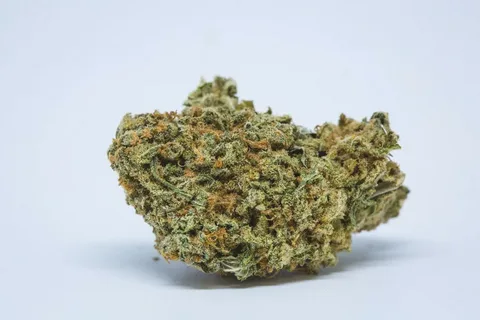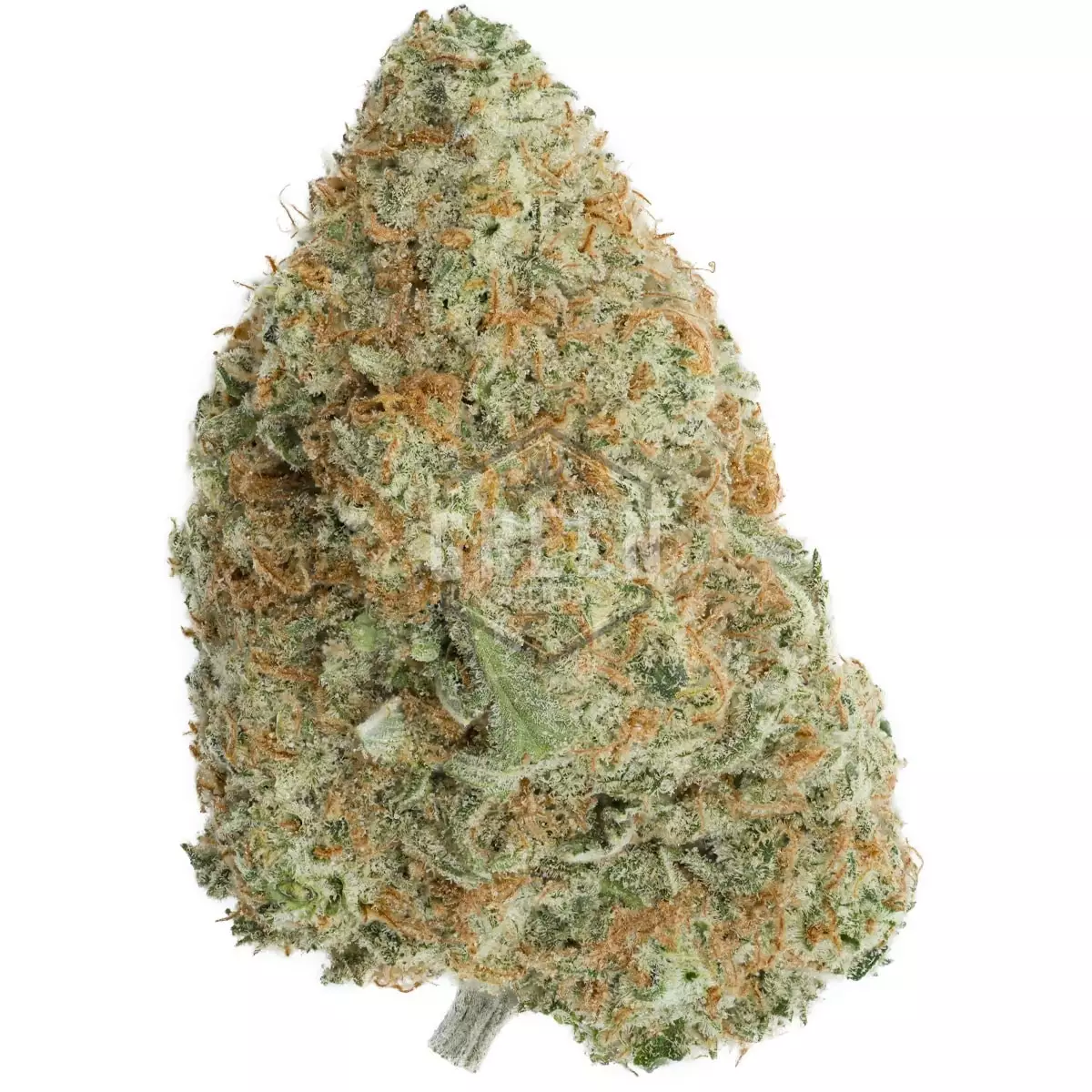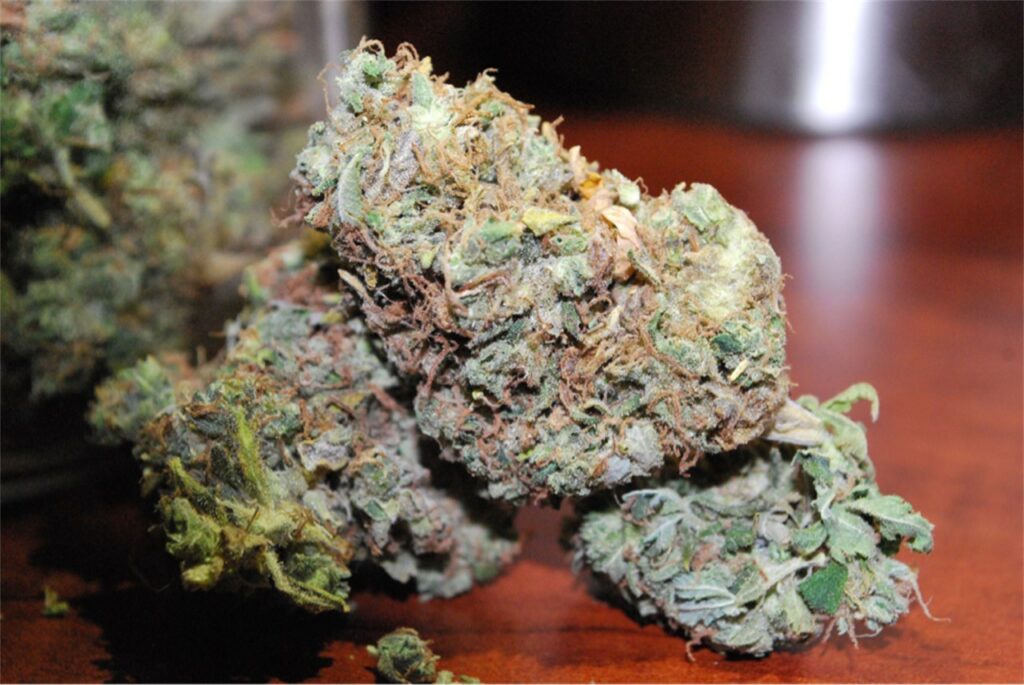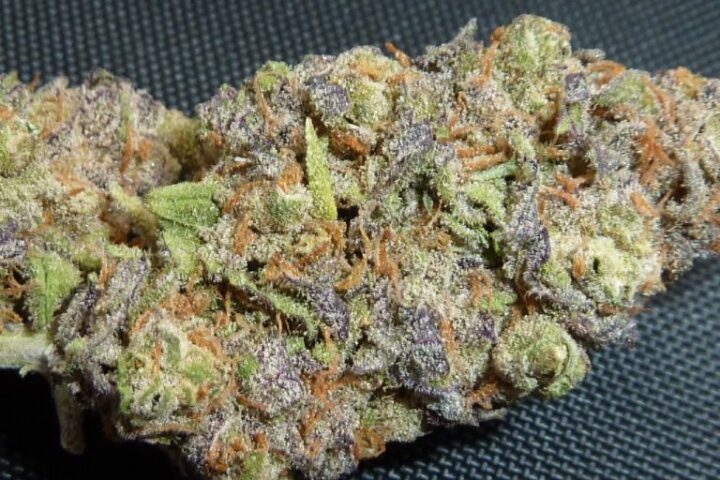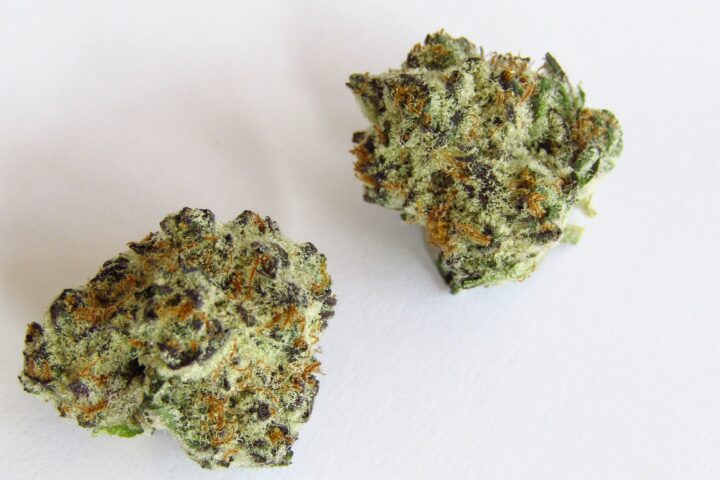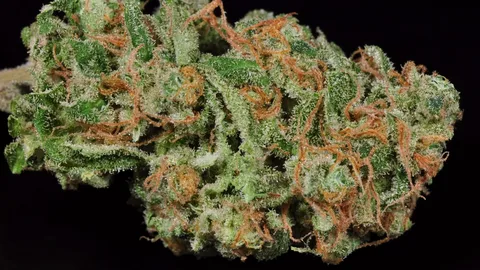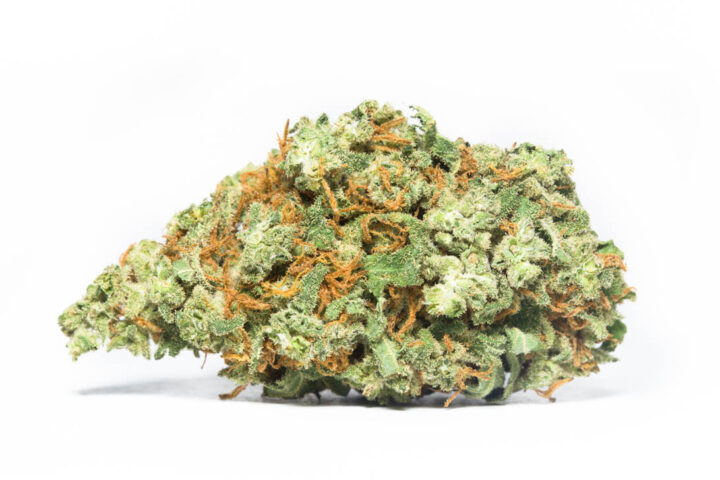Origin and Genetics
The Strain’s History
- The White Durban strain, also known as Durban Poison, has a rich and complex history that spans centuries.
- This indica-dominant strain originated in the port city of Durban, South Africa, where it was cultivated by indigenous farmers for generations.
- The strain’s genetics are shrouded in mystery, but it is believed to be a hybrid of native African sativas and landrace strains.
Origin Story
- The White Durban strain has its roots in the 1970s, when American botanist Ed Rosenthal and his team first discovered the plant in South Africa.
- Rosenthal’s group was on a mission to find and document rare cannabis varieties, and they stumbled upon the unique White Durban strain while exploring the Durban area.
Genetics
The White Durban strain is believed to be a hybrid of:
- Sativa indica landrace strains from Africa: These ancient strains have been cultivated in Africa for centuries, and are known for their unique properties and potency.
- Pure South African indicas: This variety is responsible for the strain’s earthy, herbal flavors and aromas.
History of Cultivation
The White Durban strain was first cultivated in the United States by Ed Rosenthal and his team, who began growing and breeding the plant in the 1970s.
Over time, the strain has been crossed with other varieties to enhance its potency, flavor, and yield.
Cultivation Requirements
To grow the White Durban strain, you will need:
- A warm climate: The strain thrives in temperatures between 65-80°F (18-27°C).
- adequate humidity: The ideal relative humidity for the strain is between 40-60%.
- strong air circulation: Good air flow helps to prevent fungal diseases and promote healthy growth.
The White Durban strain is a complex and rewarding plant to grow, with its unique properties and flavor profile making it a favorite among experienced cultivators.
The White Durban weed strain is a product of careful breeding, combining the genetics of the South African Sativa with the power of Indica from around the world to create something truly unique.
The White Durban weed strain has its roots in the rich cannabis history of South Africa, where Sativa strains have thrived for centuries under the region’s unique climate and geography.
Sativa strains from this region are known for their resilient nature, ability to adapt to harsh conditions, and potent effects. The genetics of these strains were carefully selected by breeders who sought to combine them with the power of Indica from around the world.
Indica is a distinct cannabis species known for its compact growth patterns, dense bud structures, and sedating effects. By merging the energetic qualities of South African Sativa with the relaxing properties of Indica, breeders aimed to create a strain that offered users an unparalleled experience.
The result was White Durban, a hybrid strain that embodies the best of both worlds. It boasts the uplifting, energizing aspects of its Sativa heritage while providing a soothing and calming influence reminiscent of its Indica roots.
Genetically speaking, this strain’s makeup is complex, involving multiple genetic components from diverse sources. Breeders likely employed advanced techniques such as backcrossing, selective breeding, and cross-pollination to craft the precise combination that would yield White Durban.
The end result is a unique and balanced strain with a THC content that typically ranges between 15% to 20%. This potency level makes it suitable for both experienced users seeking relaxation or recreational enjoyment and newcomers looking for a smooth, manageable introduction to cannabis.
Cannabis Species and Hybrids
The origin of cannabis can be traced back to Central Asia, where it has been cultivated for thousands of years for its medicinal, spiritual, and economic value.
Cannabis contains over 100 different cannabinoids, which are a class of chemical compounds that interact with the human body’s endocannabinoid system.
The most well-known cannabinoid is THC (Tetrahydrocannabinol), which is responsible for the psychoactive effects associated with cannabis use. Another important cannabinoid is CBD (Cannabidiol), which has been shown to have medicinal properties and does not produce a “high”.
Cannabis can be broadly categorized into three species:
- Cannabis sativa: A tall, thin plant with narrow leaves that is native to Africa and Asia.
- Cannabis indica: A short, stout plant with wide leaves that is native to India and Southeast Asia.
- Cannabis ruderalis: A hardy, wild plant that grows in poor soil conditions and has a relatively low THC content.
Cannabis hybrids are created by crossing different cannabis strains to produce new varieties with desirable characteristics. These can include increased potency, improved yields, or unique flavor profiles.
The White Durban strain is a hybrid of the Durban Poison (a sativa-dominant strain from South Africa) and an unknown indica variety.
White Durban is known for its high THC content (average 25-30%) and its distinctive appearance, with a thick layer of trichomes covering the buds. It has a sweet, earthy flavor and is often used to relieve stress, anxiety, and insomnia.
The exact origin of White Durban is unclear, but it is thought to have originated in the Netherlands, where many cannabis hybrids are developed.
White Durban falls under the category of indicadominant hybrids. Its effects lean heavily towards relaxation and stress relief.
The White Durban weed strain, also known as White Durban Kush, is a rare and sought-after indica-dominant hybrid that has gained popularity among cannabis enthusiasts due to its unique characteristics and effects.
Its origins are rooted in the Durban Poison strain from South Africa, which is itself a popular sativa dominant variety. However, by crossing this strain with another indica dominant variety, breeders were able to create a potent and relaxing hybrid that has become a favorite among those seeking relief from stress and anxiety.
The genetics of White Durban are primarily indica-dominant, meaning that the plant’s growth patterns, leaf structure, and effects will be more similar to indica strains than sativa strains. This is due in part to the fact that indica plants tend to grow shorter and bushier than sativas, with wider leaves and a more compact bud structure.
In terms of its chemical composition, White Durban contains high levels of myrcene, limonene, and beta-pinene terpenes, which contribute to its sedative effects. It also has relatively low THC levels, typically ranging from 10-15%, although some phenotypes may have higher or lower levels depending on the specific cultivation.
The effects of White Durban are generally reported as relaxing, calming, and stress-relieving. Users often describe feelings of euphoria and happiness, followed by a deep sense of relaxation that can help alleviate symptoms of anxiety and insomnia. It’s also known to promote creativity and enhance focus, although these effects may be more pronounced at lower doses.
In summary, White Durban is an indica-dominant hybrid strain with origins in the popular Durban Poison variety. Its unique genetic makeup and chemical composition contribute to its relaxing and stress-relieving effects, making it a sought-after choice among cannabis enthusiasts seeking relief from anxiety and insomnia.
Effects and Potency
CBD and THC Concentration
The White Durban strain is a variation of the popular Durban Poison, known for its potency and effects. It has been hybridized with other strains to enhance its characteristics and create a more balanced high.
The THC concentration in White Durban can range from 15% to over 20%, making it a potent strain that can produce intense effects. The higher the THC content, the stronger the psychoactive properties will be.
When consuming White Durban, users may experience a euphoric and uplifting effect, often accompanied by increased energy and focus. However, due to its high potency, beginners should approach with caution as it can cause anxiety and paranoia in some individuals.
The CBD content in White Durban is generally lower compared to THC, typically ranging from 1-3%. While the CBD percentage might not be sufficient to provide therapeutic benefits on its own, it can still contribute to a more balanced effect when combined with THC.
As for the effects of White Durban, users may experience:
- A intense and euphoric high
- Increased energy and focus
- An elevated mood and sense of well-being
- Potentially increased creativity and imagination
- Muscle relaxation and pain relief (although this may not be a guaranteed effect)
It’s worth noting that the effects of cannabis can vary depending on individual tolerance, consumption method, and dosage. As with any cannabis strain, it’s essential to approach White Durban with caution and start with a low dose to gauge your reaction.
The potency and effects of White Durban can be affected by factors such as growing conditions, harvesting methods, and curing processes. This may result in variations within the same batch or different batches altogether.
In conclusion, White Durban is a potent strain with intense effects, characterized by high THC concentrations and moderate CBD content. Users should be aware of its potential risks, especially for beginners, and approach consumption with caution to maximize benefits while minimizing adverse reactions.
The strain is known for its high CBD content, making it an attractive option for those seeking relief from chronic pain and inflammation.
The White Durban strain is a popular cannabis variety that has garnered significant attention due to its exceptionally high CBD content. This characteristic makes it an attractive option for individuals seeking relief from chronic pain and inflammation.
Research has shown that CBD, or cannabidiol, possesses potent anti-inflammatory properties, capable of reducing swelling and discomfort associated with various health conditions. In addition to its analgesic effects, CBD is also known to possess neuroprotective qualities, making it a potentially valuable tool in the management of neurological disorders such as multiple sclerosis and Parkinson’s disease.
The high CBD content in White Durban can also help alleviate symptoms of anxiety and stress, which are often exacerbated by chronic pain. By promoting relaxation and reducing feelings of unease, this strain may provide relief from mood-related issues that often accompany long-term health conditions.
It is worth noting, however, that the effects of White Durban can vary greatly depending on individual tolerance and sensitivity to CBD. Some users may experience a more pronounced “high” due to the presence of THC, while others may find the strain’s CBD-dominant profile produces minimal psychoactive effects.
For those seeking a low-THC option for pain management or inflammation relief, White Durban is an excellent choice. Its high CBD content and potential therapeutic benefits make it an attractive option for individuals looking to explore the medicinal properties of cannabis without compromising on effectiveness.
Overall, the unique combination of potent CBD and potential THC makes White Durban a versatile strain that can cater to diverse needs and preferences. Its therapeutic benefits, combined with its relatively high CBD content, position it as a standout among other cannabis varieties.
Mood Enhancement and Appetite Stimulation
The White Durban strain, a variant of the popular Durban Poison, has gained significant attention for its unique effects and potency. This sativa-dominant cannabis strain is known to provide an intense euphoric high, often accompanied by an increase in energy and creativity.
One of the most notable effects of White Durban is its ability to enhance mood and reduce stress levels. The strain’s high THC content, typically ranging between 16-20%, ensures a potent experience that can help alleviate symptoms of anxiety and depression. Users often report feeling uplifted, happy, and carefree, making it an ideal choice for those looking to improve their mental state.
Appetite stimulation is another prominent effect associated with White Durban. The strain’s ability to increase hunger has made it a favorite among medical marijuana patients who use cannabis to manage weight loss and other appetite-related issues. Users often report experiencing a strong desire to eat, making it easier for them to regain or maintain their ideal body weight.
It is essential to note that the potency of White Durban can vary depending on factors such as growing conditions, drying methods, and curing techniques. However, when grown and prepared correctly, this strain can deliver an intense and long-lasting experience that lingers for several hours.
User reviews and feedback have also highlighted the potential benefits of White Durban in managing chronic pain and inflammation. Many users have reported experiencing significant relief from symptoms such as arthritis, fibromyalgia, and migraines, making it a promising option for those seeking natural pain management solutions.
White Durban’s effects on mood are often described as euphoric. It can also increase appetite, which may be beneficial to those experiencing a loss of hunger due to various medical conditions.
The euphoric effects of White Durban can be quite intense, often leading to a deep sense of relaxation and calmness. This can be beneficial for individuals struggling with anxiety, stress, or depression, as it allows them to momentarily escape from their worries.
One notable effect of White Durban is its ability to increase appetite. This can be particularly helpful for those experiencing a loss of hunger due to various medical conditions, such as cancer or HIV/AIDS. The strain’s potential to stimulate appetite can aid in weight gain and overall nutritional health.
Another aspect of White Durban’s effects is its potential to reduce pain. Users have reported experiencing relief from physical discomfort, including headaches, joint pain, and muscle aches. This can be attributed to the strain’s high THC content and other cannabinoids that work together to produce analgesic effects.
The potency of White Durban is also worth noting. As an indica-dominant strain, it contains relatively low levels of CBD, but its high THC content (typically between 18-24%) makes up for this. This potent combination allows users to experience intense relaxation and pain relief without the potential anxiety-inducing effects associated with higher CBD levels.
Overall, White Durban’s unique blend of euphoric effects, appetite stimulation, pain reduction, and high THC content make it an appealing choice for medical marijuana patients seeking a therapeutic solution to various symptoms and conditions.
It is essential to approach the use of any cannabis product with caution, as individual reactions can vary greatly. Users are advised to consult with a healthcare professional before using White Durban or any other strain, especially if they have pre-existing health conditions or concerns.
As with all cannabis products, users should start with low doses and gradually increase consumption until desired effects are achieved. This will help minimize potential negative side effects and maximize therapeutic benefits.
Cultivation and Care
Climate and Lighting
Cultivating the White Durban strain requires attention to its specific needs for optimal growth and potency.
The ideal climate for cultivating this strain is in a warm, humid environment with average temperatures ranging from 65°F to 80°F (18°C to 27°C).
Avoid exposing the plants to extreme temperature fluctuations or cold drafts, which can cause stress and negatively impact yields.
Maintaining a consistent level of humidity between 40-60% will promote healthy growth and minimize the risk of fungal diseases.
Lighting is also crucial for the White Durban strain. It thrives in environments with moderate to high light levels, typically requiring around 18 hours of light per day.
The plants will benefit from exposure to a broad spectrum of light, including both blue and red spectrums, which promotes healthy photosynthesis and growth.
Consider investing in LED grow lights or HPS (High Pressure Sodium) lamps to provide the necessary intensity and spectrum for optimal growth.
In terms of specific lighting requirements, White Durban plants will benefit from a photoperiod of 18-20 hours of light per day, with an additional 2-4 hours of darkness to induce flowering.
Monitor the plant’s response to different lighting conditions and adjust as necessary to ensure optimal growth and potency.
Fertilization is also essential for promoting healthy growth in White Durban plants. Provide a balanced diet consisting of nitrogen, phosphorus, potassium, and other micronutrients to support photosynthesis and root development.
Monitor the plant’s nutrient levels and adjust fertilization accordingly to avoid over-fertilization, which can damage roots and reduce yields.
Finally, consider implementing pest control measures such as neem oil, diatomaceous earth, or insecticidal soap to prevent pests from damaging the crop. Regularly inspect the plants for signs of infestation and take prompt action if necessary.
By providing the right climate and lighting conditions, combined with proper cultivation techniques, growers can cultivate high-quality White Durban cannabis that meets their needs and expectations.
For optimal growth, the White Durban strain requires a mild climate with temperatures between 6575 degrees Fahrenheit. It also demands a significant amount of indirect sunlight or artificial lighting.
The cultivation and care requirements for the White Durban strain are quite specific, making it a challenging but rewarding experience for growers.
Climatic Conditions
The first and most crucial aspect to consider when growing White Durban is the climatic conditions.
- Temperature: This strain thrives in mild temperatures, ranging from 65-75 degrees Fahrenheit (18-24 degrees Celsius), both during the day and at night. Avoid exposing your plants to extreme temperatures as this can cause stress and negatively impact growth.
Lighting Requirements
The White Durban strain demands an abundance of indirect sunlight or high-quality artificial lighting.
- Indoor Growing: In indoor setups, provide your plants with a minimum of 18 hours of indirect light per day. This can be achieved using LED grow lights, HPS (High Pressure Sodium) lamps, or other spectrally-balanced lighting solutions.
Nutrient Supply
Proper nutrient supply is vital for the optimal growth and development of your White Durban plants. Here are some key guidelines to follow:
- Bloom Stage Nutrients: During the flowering stage, use a balanced fertilizer with a slightly higher phosphorus content (e.g., 10-15-10). This will promote robust bud growth and development.
Hydration and Humidity
Avoid overwatering your White Durban plants as this can lead to root rot and other issues.
- Watering: Water your plants when the top inch of soil feels dry to the touch. This will help prevent waterlogged roots and ensure healthy growth.
Pruning and Training
Proper pruning and training techniques are essential for maximizing yields, promoting healthy growth, and inducing desirable traits in your White Durban plants.
The following methods will help you achieve these goals:
Training Techniques
- Top-Pruning: Trim the top growth of your plant to encourage bushy development and improve air circulation. This should be done during the vegetative stage, ideally when your plant is around 12-18 inches tall.
Pruning Methods
- Branch Trimming: Remove any weak or spindly branches to promote even growth and development. Cut just above a node (where a branch meets the main stem) using clean, sharp pruning shears.
Pest Control and Prevention
Regular monitoring is crucial to prevent pests from damaging your plants. Check for signs of infestation daily and take prompt action if you notice any issues.
- Fungus Gnat Control: Use yellow sticky traps or neem oil to control fungus gnats, which can spread disease and weaken your plant.
- White Gummy Aka White Gummiez, White Gummies Weed Strain Information - October 9, 2024
- XJ-13 Aka XJ13, XJ Thirteen Weed Strain Information - October 9, 2024
- White Durban Weed Strain Information - October 8, 2024

